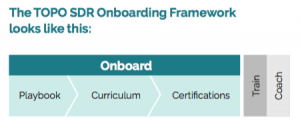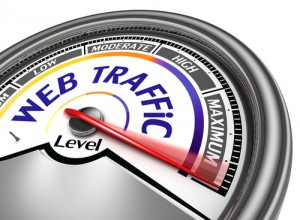Though most manufacturers and distributors understand the need for a good supply chain strategy, very few actually have one. Ask for a formal plan that details a company’s approach to managing its supply chain over a multi-year period, and you’ll often find yourself empty-handed.
Despite this, crafting and implementing a well-developed strategy is vital to staying competitive. Because your supply chain underlies all aspects of your value chain, your ability to effectively manage and adapt to shifting circumstances will affect everything from the retail cost of your product to the speed of its delivery. Almost all variables have the potential to either boost or harm your bottom line.
In this post, we’re going to explore what the phrase “supply chain strategy” actually means and offer some practical tips for successfully executing one.
What is a supply chain strategy?
In practical terms, your supply chain strategy will comprise a set of objectives and broad internal processes. It will dictate how you manage and improve your own role in your supply chain, the network of entities (manufacturers, distributors, retailers, stockists, transport companies etc.) responsible for delivering a product to a consumer.
Amongst other means, this will be achieved through a comprehensive approach to tackling inefficiencies, incorporating customer feedback into your innovation processes and responding to shifting circumstances in the market.
Here’s what you need to ensure success:
1. Flexible Communication Channels
Flexible and effective communication between all third-party entities will enable you to create as much transparency as possible at all points of your supply chain. By including a detailed outline of your various communication channels, alongside a mechanism for testing their efficiency, you will be better positioned to gather and use the information needed to successfully run your internal processes. This principle applies to both readily-available methods of communication and those that you may seek to create.
How, for instance, do you plan to stay up-to-date with new technological innovations at the manufacturer level that may affect your own distribution processes? Do you have ready access to information about issues that may arise in the transportation period? Is there any way that you can access consumer data from retailers? It’s vital to establish this kind of supplier and customer feedback infrastructure in the early stages.
2. Clear and Measurable Goals
In order to gauge the effectiveness of your strategy, it’s important to link it to clear, well-defined goals. Your broader company mission will set the general context for specific benchmarks, but it’s important to be as detailed as possible with objectives, tying them to metrics, time-frames and certain teams or individuals. Think SMART analysis.
Your strategy should include as its focus point a mechanism for understanding changing customer needs. You can then use this information to ensure that corresponding parts of your supply chain, or at least those under your control, are evolving to meet new demands. With the adoption of digital sales methods, like B2B eCommerce and mobile order writing applications, data is readily available and can feed directly into processes aimed at innovation and improvement.
A good example of a consumer trend that is currently affecting supply chains worldwide is the shift towards ethical buyer behavior, particularly evident in the clothing retail sector. Information available at the retailer level has meant that manufacturers have been able to adopt new practices abroad in order to cater to this new requirement.
3. Processes for Continuous Improvement
How do you go about defining goals and supply chain benchmarks? Your own monitoring will go some way towards a clear understanding of current weaknesses in your supply chain and your capacity to mitigate them. But it’s also important to monitor competitor supply chains. Doing so can alert you to industry-wide changes and operating standards, as well as offering opportunities to “steal” more efficient capabilities.
Realizing that the management of day-to-day operations and testing with innovation in mind are not completely separate activities will enable you to drive improvements in the longer-term. Successful communication with suppliers will also feed into the drive for innovation as they will be able to provide you with information about new technology and chances to participate in early-adopter initiatives.
4. Risk Management and Contingency Plans
Most of the entities that make up your supply chain will operate outside of your sphere of control. Because of this, it’s easy to disregard risk management of externals as impractical. However, a good strategy will incorporate processes that will identify potential risks as well as ways of diminishing their effects on company objectives. Successful communication will play an integral role in this regard, as will a robust monitoring and customer feedback infrastructure.
One way that many companies seek to eliminate third-party risk is by increasing their control over as many aspects of the supply chain as possible. Conducting more aspects of your supply chain in-house may be something you want to test as part of your plan for continuous improvement.
Questions about crafting your own supply chain strategy? Let us know in the comments.
Business & Finance Articles on Business 2 Community(79)









